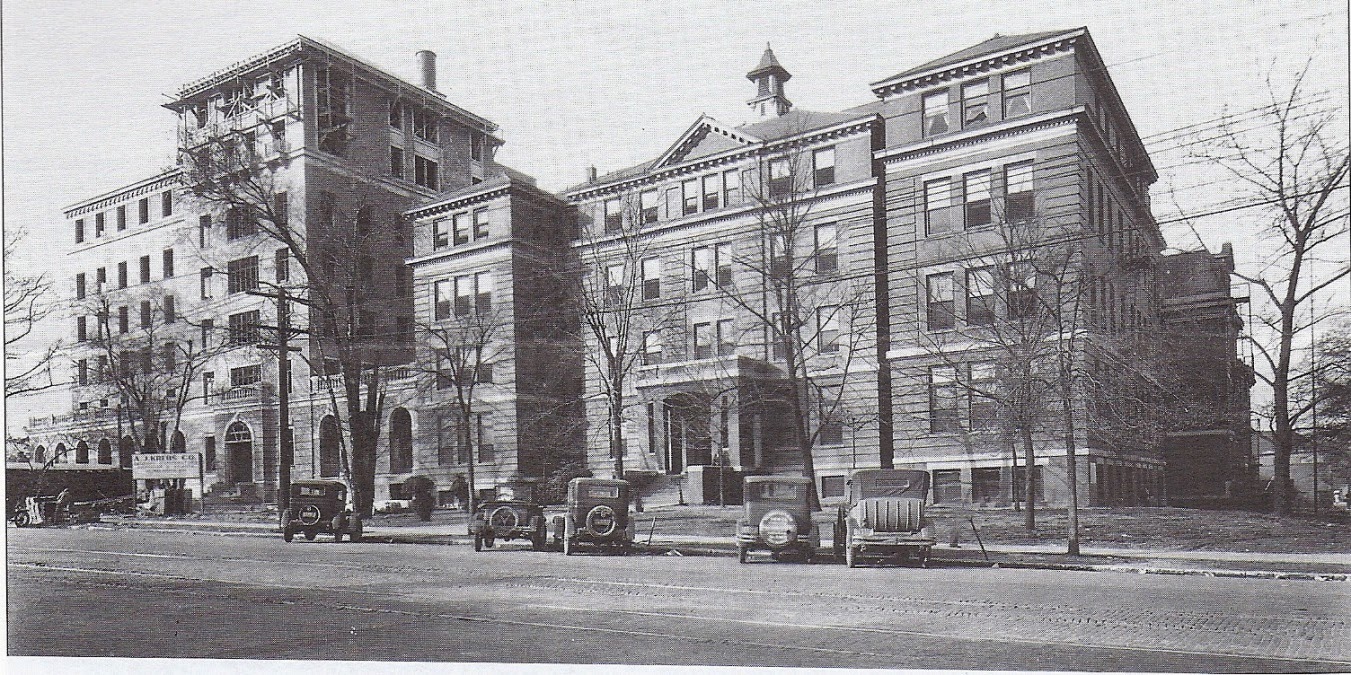Serendipity
can be a wonderful thing. Working on another project recently, I stumbled
across an online volume of a quarterly magazine called The American Child, “A Journal of Constructive Democracy” published
by the National Child Labor Committee and selling for 25 cents per copy.
According
to Wikipedia, “Edgar Gardner Murphy, an American clergyman and author, is credited
with proposing the National Child Labor Committee following a conference
between Murphy's Alabama Child Labor Committee, and the New York Child Labor
Committee. The conference
culminated on April 25, 1904 at a mass meeting held in Carnegie
Hall, New York City. At the meeting, both men and
women concerned with the plight of working children overwhelmingly supported
the formation of the National Child Labor Committee.“
Murphy, who died in 1913, was an
author and rector of St. John’s Episcopal Church in Montgomery; he had
suggested a national organization in a pamphlet he published in February, 1904.
The last decade of his life was devoted to efforts in education and social
work. One of his books, Problems in the
Present South, first appeared in 1904, with a second edition in 1909. The
NCLC is still active today with headquarters in Manhattan. The American Child began publication in 1919 and lasted until 1967.
Volumes
3 and 4 from the early 1920s can be found online at Google Books. In the last
issue of volume 3, from February 1922, is a fascinating article by Esther Lee
Rider, “Newsboys in Birmingham” [pp 315-324]. At the time, Rider was a Child Labor Inspector
for the Alabama Department of Child Welfare. She studied the hours, pay and
“general conduct” of 143 young men who spent two to four hours daily selling or
distributing newspapers in the city. She wanted to know if that work affected
their schooling “and whether street trades have a tendency to produce
delinquency and low moral standards.”
In 1922 three
daily papers in the city published two to four editions each day. Morning papers
rolled off the presses about 5 o’clock and the afternoon ones appeared between
noon and 5 p.m. Most of the boys Rider studied, 107, were street sellers and
most of them sold afternoon editions, which disrupted their schooling less. The
others distributed morning or afternoon papers for some of the 150 or so men
who as district carriers were responsible for getting papers to subscribers.
Rider only studied boys who had “badges” under the Alabama child labor law; how
many other unlicensed children were employed as newsboys is unknown.
That law
allowed children in the “street trades” to work only between 5 a.m. and 8 p.m. Alabama
had passed its first child labor act in the 1886-7 session. The 1915 act
prohibited boys under 12 from selling papers and under 10 from distributing
them; girls under 18 were not allowed to work in any street trades at all. Boys
under 14 could not work during the hours that their local public schools were
in session. In her research, Rider bought papers from newsboys as early as 3
a.m. and as late as 10:30 p.m. Many of the boys admitted to her they worked
past 8 p.m. if they had not yet sold all their papers.
Rider’s
article covers many other aspects of the newsboys’ working lives. She examined
how long they had been on the job and how much they made. “Although one boy
said he made $20.00 a week,” she wrote, “the average earnings of the 107 boys
studied [who sold papers] were $6.50 a week or 93 cents daily.” Very few
individuals saved any money at all. She outlines a typical daily schedule for
the boys and how they spend their earnings. She looked at school attendance and
grade records for all of the boys, and found “Promotion uncertain” for 72 and
24 percent of the sellers and distributors respectively.
Rider examined the
family status of each boy, and how many engaged in such activities as smoking,
gambling, truancy, using vulgar language and staying out at night “habitually.”
She noted that one boy stayed out all night if he didn’t make his quota and
thus avoided his father’s beating. She also describes the recreational
activities and juvenile court records of the newsboys.
Her
conclusions note the poor savings rate, the inability of many boys who work to
do well in school, poor home environments and the need for more wholesome recreational
activities for children, which are “preventive measures against immortality and
crime which often result from misdirected energy in early childhood.” Her final
sentence reads, “Save the child if you would save the state.”
These
two articles give us a fascinating snapshot of life for some boys in Birmingham
and other Alabama cities in the early 1920s. I am reminded of the various
portraits of marginal existence and obsolete urban jobs in England described so
well by Henry Mayhew in newspaper articles in the 1840s and published in
several volumes as London Labour and the
London Poor. A broad national perspective on newsboys and the street trades
in America can be found in Peter C. Baldwin’s In the Watches of the Night: Life in the Nocturnal City, 1820-1930 (University
of Chicago Press, 2012).
Newsboys in Mobile in October 1914. Taken by famed photographer & sociologist Lewis Hine. Source: Library of Congress
Another of Lewis Hines' newsboy photos from that 1914 Mobile visit
The U.S. Library of Congress newspaper project "Chronicling America" has a topic page devoted to newsboys here.

















